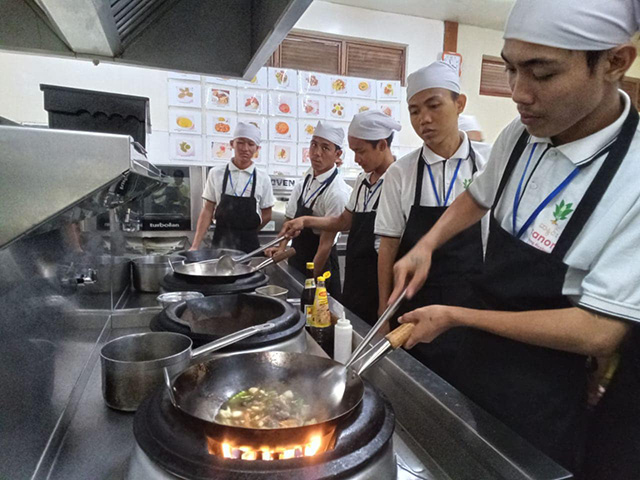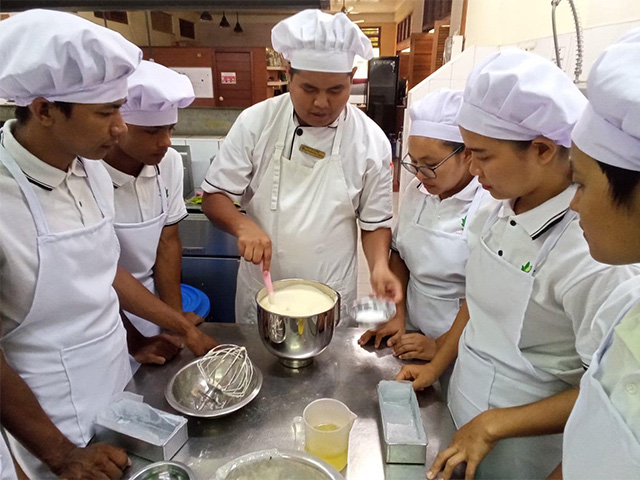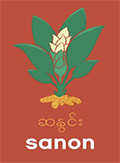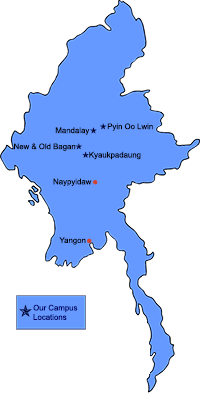Food production includes the kitchen skills and management techniques needed for food preparation, cooking and food presentation. It is a vital component a hospitality enterprise that serves food for its guests.
 Involves the preparation of raw ingredients, cooking those ingredient via the instructions of a recipe to create food that can be eaten enjoyably and safely by guests.
Involves the preparation of raw ingredients, cooking those ingredient via the instructions of a recipe to create food that can be eaten enjoyably and safely by guests.
Learning outcomes
- Introduction:
Legislation and workplace hygiene procedures . - Kitchen equipment:
Cooking equipment, processing equipment, cleaning and storage. - Wet and dry cookery:
Methods and application. - Fruit, vegetables, grains, cereals, pulse and beans:
Introduction, preparation and standard techniques. - Salads:
Hot and cold salads, vegetables in cuisines, preparation for fruit and vegetables for menu items. - Seeds, nuts, herbs and spices, vegetable stock, soup and broth, sauces:
Identification of ingredients and preparation. - Eggs and farinaceous menu items:
Preparation and use of eggs and starch based products in cooking.  Seaford:
Seaford:
Identification of fish and shellfish, nutrition, cooking methods.- Poultry and game:
Cutting, storing and trimming chicken, cooking methods, correct preparation and thawing. - Meats:
Beef, ham, pork, lamb and mutton, cooking methods. - Baking:
Yeast goods and characteristics, cake and fillings preparation and baking, cake variations and standard recipes and methods, cake decoration and presentation, pastries and fillings production and preparation, hot, cold and frozen desserts, cheese varieties. - Beverage management:
It includes the skills involved in making drinks and beverages, creating menus, stock control, pricing and the cleaning and maintenance of the bar area and equipment. - Menus:
Planning and writing menus, balancing a menu, menu costing, menu production. - Food safety:
Handling, preparing, and storing food to reduce the risk of food related illness.
Using the Wok
and Cooking Practice



